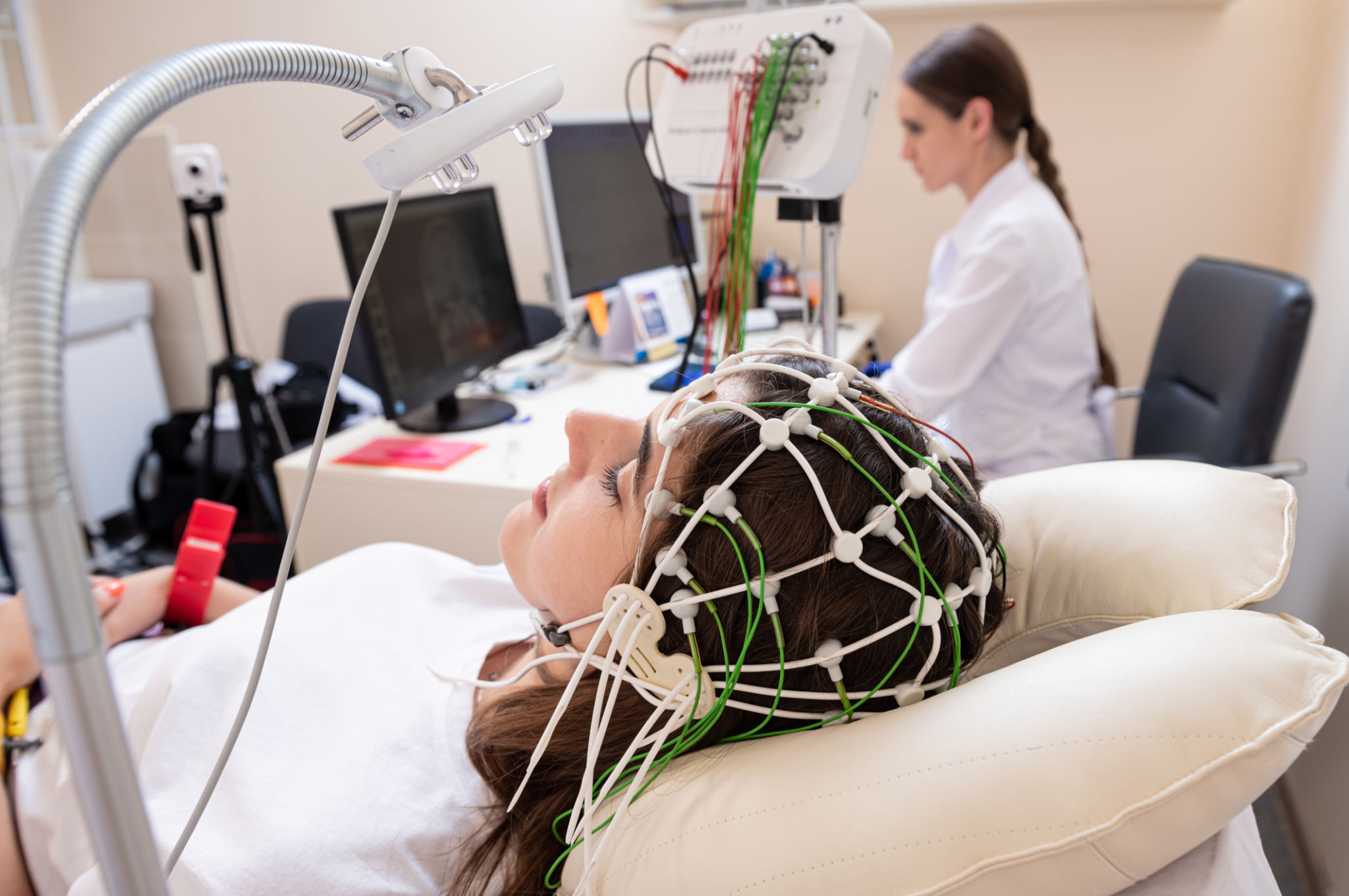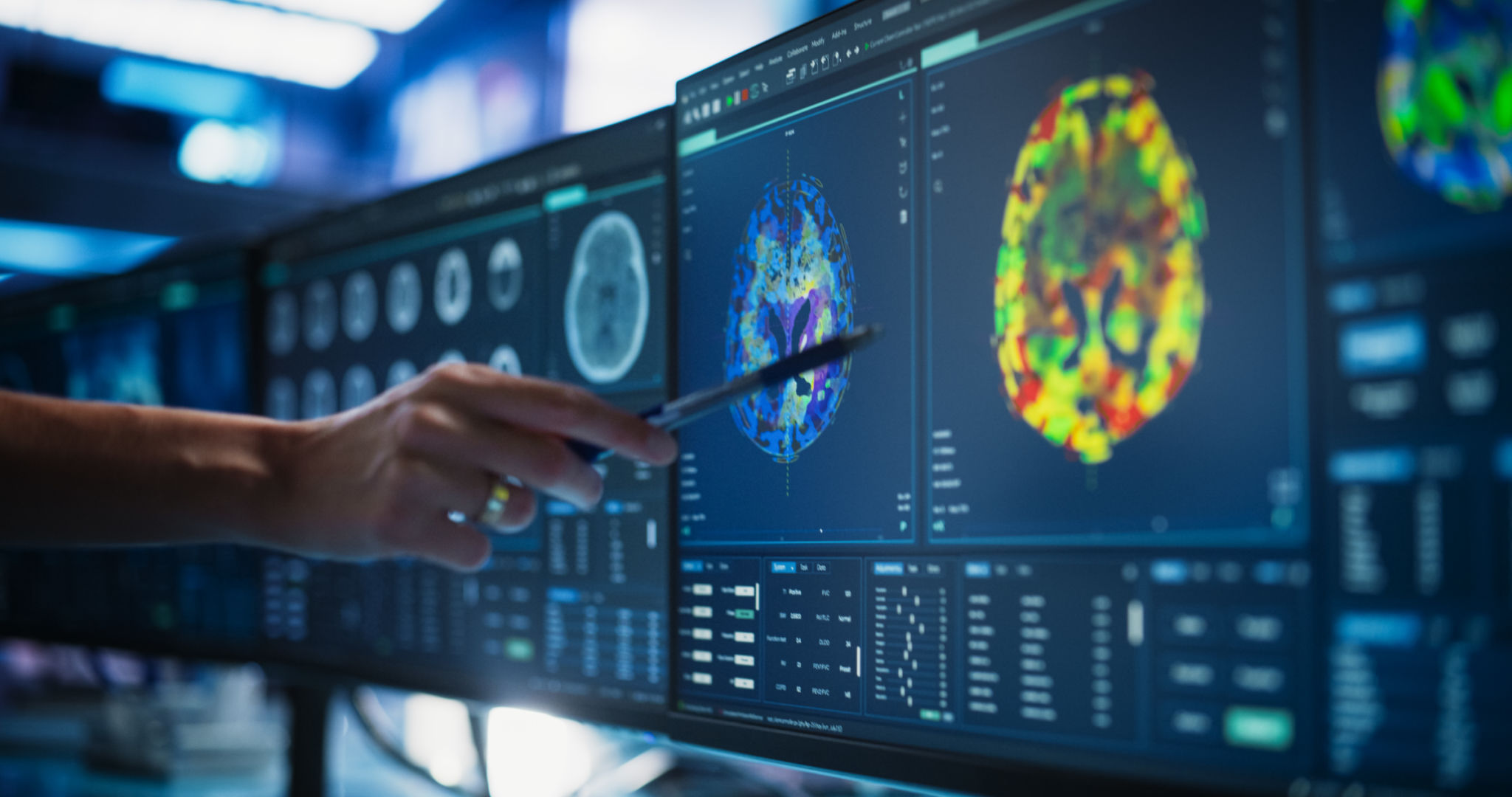Top Myths About EEG Services Debunked: What You Need to Know
Understanding EEG Services
Electroencephalography (EEG) services have been a cornerstone in neurological research and clinical diagnosis. Despite their widespread use, many myths and misconceptions surround EEG services, which can lead to misunderstandings about their purpose and efficacy. In this post, we'll debunk some of the most common myths about EEG services and provide you with the essential facts you need to know.

Myth 1: EEGs Are Only for Diagnosing Epilepsy
While it's true that EEGs are a crucial tool in diagnosing epilepsy, they are not limited to this condition alone. EEGs are used to assess a variety of neurological conditions, including sleep disorders, brain tumors, head injuries, and even cognitive impairments. They offer valuable insights into the electrical activity of the brain, helping healthcare professionals make informed decisions about treatment plans.
Myth 2: EEGs Are Painful and Invasive
One of the most common misconceptions is that EEGs are painful or invasive. In reality, EEGs are completely non-invasive and painless. The procedure involves placing small electrodes on the scalp using a conductive gel or paste. These electrodes detect electrical activity in the brain and transmit it to a computer for analysis. Patients usually remain awake and relaxed throughout the process.

Myth 3: EEG Results Are Not Reliable
Some people doubt the reliability of EEG results due to the complexity of the brain's electrical activity. However, when performed by trained professionals, EEGs provide highly reliable data. The results can reveal abnormal patterns that indicate specific neurological conditions, making them a trusted diagnostic tool in both clinical and research settings.
How EEG Services Work
Understanding how EEG services function can help dispel further myths. An EEG records the brain's electrical signals through electrodes placed on the scalp. These signals are then interpreted by neurologists to identify any irregularities. The process is safe for individuals of all ages, including infants and elderly patients.

Myth 4: EEGs Can Read Your Thoughts
A popular myth is that EEGs can read a person's thoughts. This is a misunderstanding of how EEG technology works. EEGs measure the overall electrical activity of the brain but cannot decipher individual thoughts or emotions. They provide a broad overview of brain activity rather than detailed cognitive processes.
Myth 5: All EEG Services Are the Same
Not all EEG services are created equal. The quality and accuracy of an EEG can vary based on the equipment used and the expertise of the technicians conducting the test. It's important to seek services from reputable healthcare providers who use state-of-the-art technology and have experienced staff.
The Importance of Accurate Information
Being informed about what EEG services entail can help individuals make better health choices. Dispelling myths ensures that people do not shy away from utilizing these valuable diagnostic tools out of fear or misunderstanding. By knowing the facts, patients can approach EEGs with confidence, benefiting fully from their capabilities.
